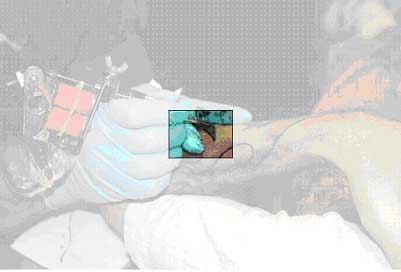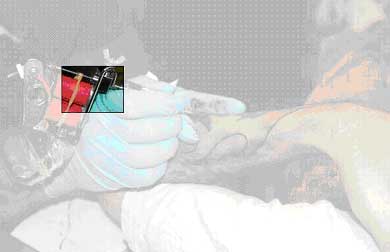Adding Rollovers and Navigation Bars in Dreamweaver
Letting the visitor know where they are and where they are going are the key ingredients for a good navigation system. Yet, with static HTML, this can be problematic. There is a limited amount of space on the computer screen, and Web designs have to walk the narrow line between providing enough information to let the visitor know what is going on and not overwhelming them with so much information that they can not find what they are looking for. Fortunately, JavaScript allows us to make quick changes to a Web page in reaction to the visitor's actions without having to reload the page.
A more advanced form of the rollover is the Navigation bar. This allows you to quickly assemble a collection of menu options with rollovers, which you can conveniently edit at any time.
Dreamweaver did not invent the rollover or the navigation bar, but both Dreamweaver MX and Dreamweaver MX 2004 allow you set them up quickly and easily without having to know all of the complexities of JavaScript.
Read More

